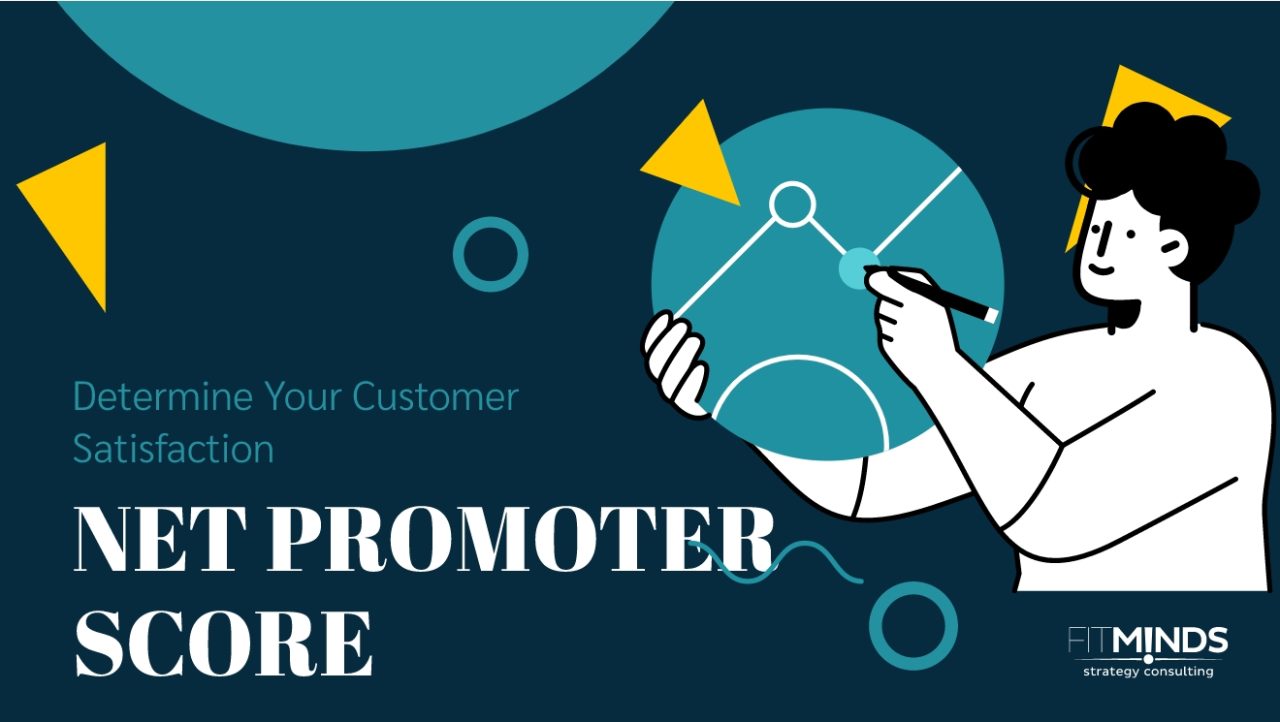Net Promoter Score is a customer satisfaction and loyalty metric that is used to gauge the likelihood that a customer will recommend a company’s products or services to others. The NPS is a proprietary instrument developed by Fred Reichheld, an American New York Times best-selling author, speaker and business strategist.
Main Benefits of Net Promoter Score
NPS is a useful tool for companies to gain feedback on any aspect of their customers’ experience and to identify areas for improvement in their products or services. By regularly measuring and analyzing their NPS, companies can make informed decisions that will help them retain and attract customers, and ultimately drive business growth.
Net Promoter Score helps you:
- To predict customer loyalty and future growth,
- To indentify areas for improvement in products or services,
- To track the effectiveness of changes,
- To target marketing efforts to specific groups of customers.
Explanation of Net Promoter Score
NPS is a way to gauge the overall satisfaction and loyalty of a company’s customers. It is a good predictor of a company’s growth. There are several steps to follow when using Net Promoter Score as a customer satisfaction and loyalty metric:
Step 1: Determine target audience
Step 2: Create the survey
Step 3: Administer the survey
Step 4: Analyze the results
Step 5: Take action based on the results
Step 6: Regularly administer the survey

Step 1: Determine target audience:
The first step is to determine which customers should be surveyed. NPS is most useful when applied to a specific group of customers, such as those who have recently interacted with the company.
Step 2: Create the survey:
The NPS survey consists of a single question: “On a scale of 0 to 10, how likely are you to recommend our company to a friend or colleague?” The NPS question should be the central focus of the survey. Companies may also want to include additional questions to gather more detailed feedback from the customers.
Step 3: Administer the survey:
There are several ways to distribute NPS survey, including email, online forms, and in-person interactions. Companies choose the method that is most convenient for their target audience.
Step 4: Analyze the results:
The next crucial step is the calculation process. It begins with segmenting the audience into three categories (promoters, detractors, passives) based on their responses.
Promoters: Customers who respond with a score of 9 or 10.
Passives: Customers who respond with a score of 7 or 8.
Detractors: Customers who respond with a score of 0 or 6.
The NPS is calculated by subtracting the percentage of detractors from the percentage of promoters.
(% NPS) = (% promoters) – (% detractors)
Step 5: Take action based on the results:
After a detailed understanding of net promoter score calculation, it is time to use the feedback to make meaningful changes in the organization. Companies use the feedback received from NPS survey to identify areas for improvement and make changes to the products or services.
Step 6: Regularly administer the survey:
To track changes in customer satisfaction and loyalty over time, it is important to regularly administer the NPS survey. This can help companies identify trends and patterns, and take action to address any issues that arise.
How to Apply Net Promoter Score
To apply Net Promoter Score to your business, FITMINDS is providing an adoption of the model that fits your company and your company’s needs.
Contact us to get more information or discover your probable personalized roadmap for Net Promoter Score
Additional Tips and Readings
- To read more about customers experience, you can check Buyer Persona: Picture Your Ideal Customer
- To read more about the steps of customer behavior, you can check The Hook Model of Behavioral Design.
- To increase your customer loyalty and lifetime value, you can check RFM Analysis & Segmentation.
Contact us to determine Customer Satisfaction via Net Promoter Score.



13 comments
Pingback: livraison gratuite kamagra
Pingback: cheapest buy enclomiphene cheap genuine
Pingback: buying androxal cheap with prescription
Pingback: order dutasteride australia cheap
Pingback: buy flexeril cyclobenzaprine low price
Pingback: online order gabapentin cheap now
Pingback: ordering itraconazole price generic
Pingback: get fildena new zealand buy online
Pingback: ordering staxyn purchase online uk
Pingback: how to order avodart spain over the counter
Pingback: buying xifaxan generic from india
Pingback: order rifaximin us pharmacies
Pingback: kamagra bez předpisu kanady
Comments are closed.